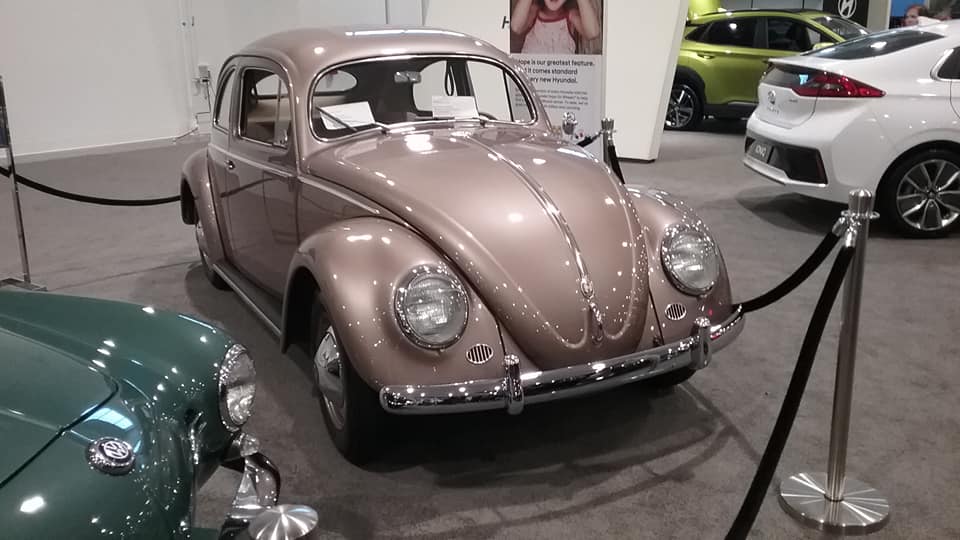Car: Volkswagen Beetle Type 1 Sedan
Year: 1955
What makes it special: The Volkswagen Beetle, officially the Volkswagen Type 1, informally in German the Käfer, meaning “Beetle”, is a two-door, rear-engine economy car, intended for five occupants manufactured and marketed by German automaker Volkswagen, or VW from 1938 until 2003. Although designed in the 1930’s, the Beetle was only produced in significant numbers starting from 1945, when the model was internally designated the Volkswagen Type 1, and marketed simply as the Volkswagen or “People’s Car”. Later models were designated Volkswagen 1200, 1300, 1500, 1302, or 1303, the former three indicating engine displacement, the latter two derived from the type number.
What made it famous: From 1950 to 1959, changes were made throughout the vehicle beginning with the availability of hydraulic brakes and a folding fabric sunroof in 1950. The rear window of the VW Beetle evolved from a divided or “split” oval, to a singular oval. Beetles built during this time were known as a “Zwitter”, or “hybrid”, as they used the split-window bodyshell with oval-model chrome trim, vent windows and dashboard. In 1954, Volkswagen added 2 mm to the cylinder bore, increasing the displacement from 1100 cc to 1200 cc. This coincided with upgrades to various key components including a redesign of the crankshaft. This increased power from 30 hp to 36 hp and improved the engine’s free revving abilities without compromising torque at lower engine speeds. At the same time, compression ratios were progressively raised as, little by little, the octane ratings of available fuel was raised in major markets during the 1950’s and 1960’s. In 1955, the separate brake lights were discontinued and were combined into a new larger taillight housing. The traditional VW semaphore turn signals were replaced by conventional flashing directional indicator lamps for North America.
Why I would want one: They’re fun and have become highly collectible with a huge increase in popularity.
Fun fact: In 1955, Volkswagen United States, later becoming Volkswagen of America, opened its doors in a modest, two-story building in Englewood Cliffs, New Jersey.
